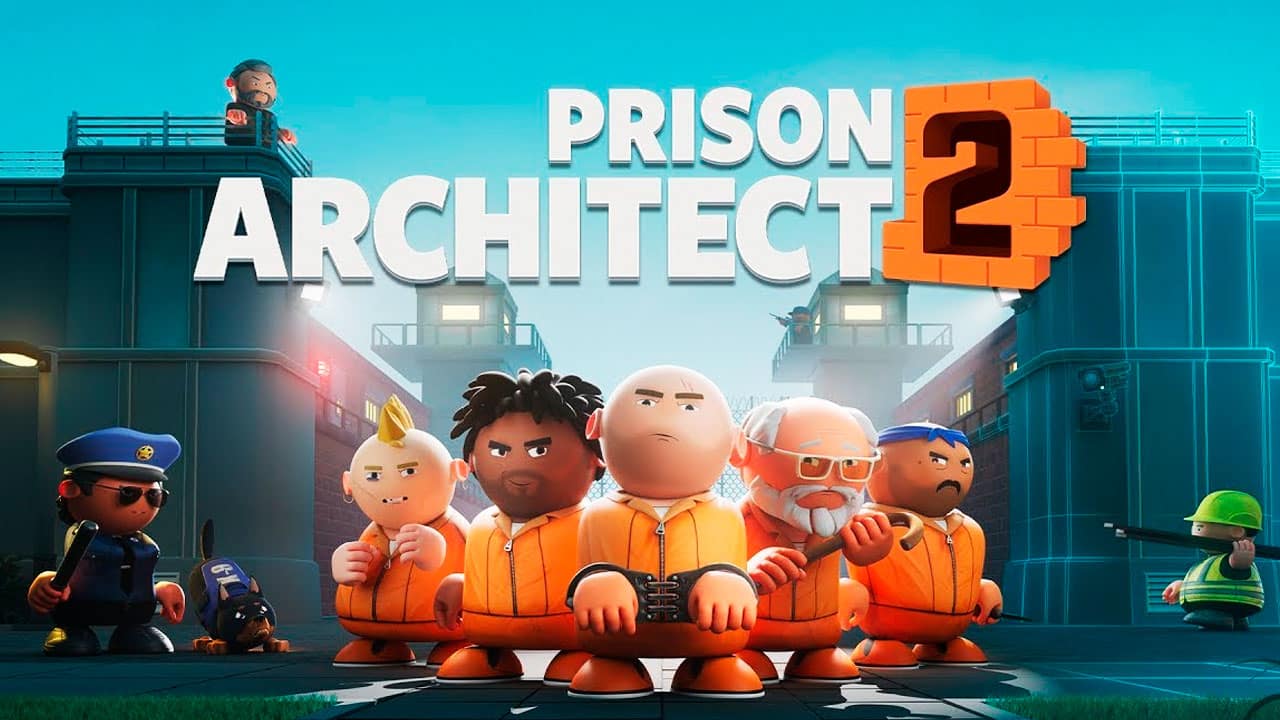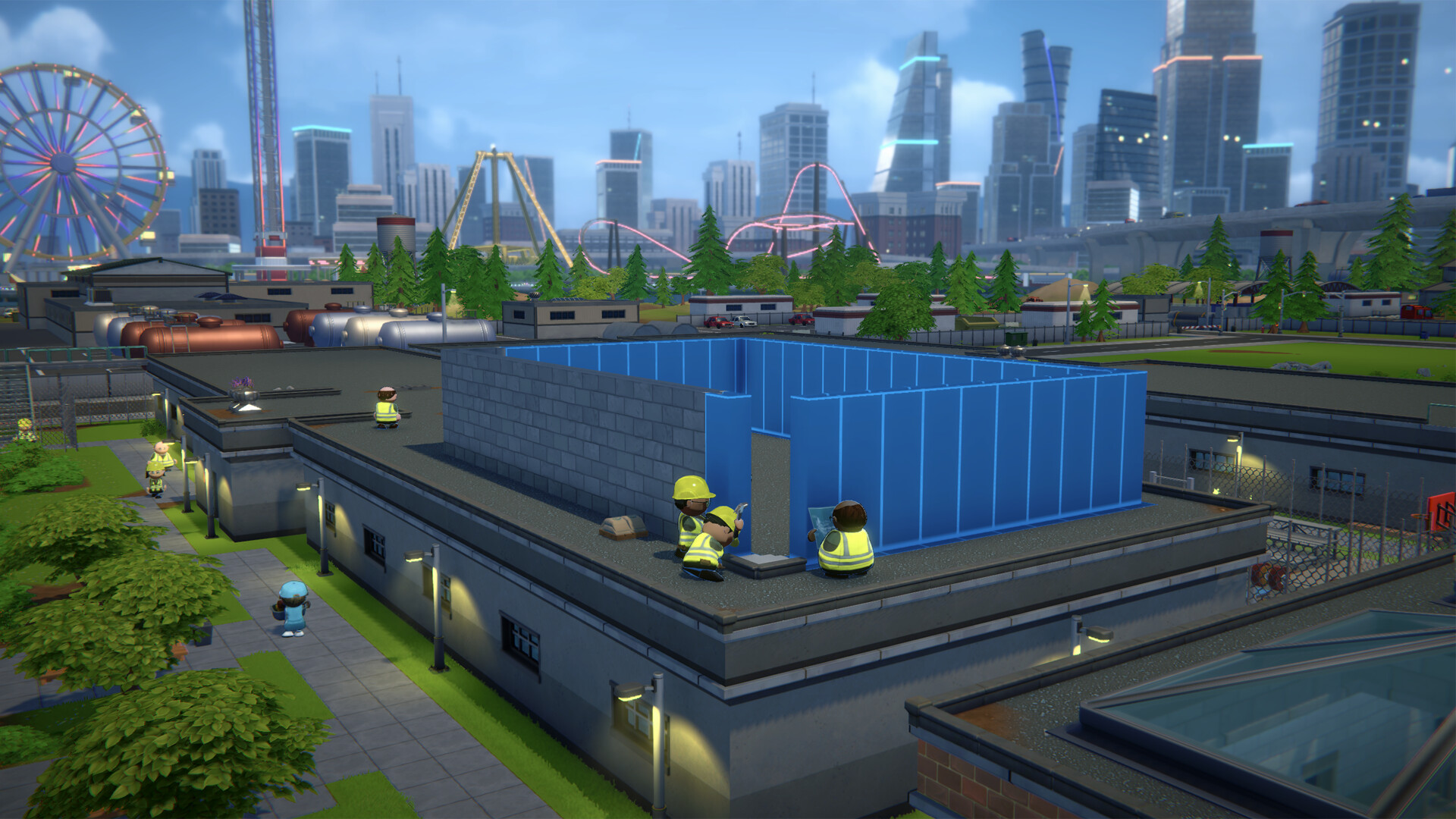
The construction and management genre may have built its brand around games like Planet Coaster and other light-hearted games, but it’s also home to titles like Prison Architect 2. The first Prison Architect was originally developed by Introversion Software and was a quirky surprise hit. After publisher Paradox and studio Double Eleven took the reins, it became a strong platform for DLC releases. Prison Architect 2 is a leap into 3D, mastered by the latter team, but another studio change has seen Kokku complete development.
Between this strange situation and some major delays, the state of Prison Architect 2 may be cause for concern. However, the basics are already there, and there’s plenty to discover in the early hours of the career mode and sandbox. Screen Rant took the time to see what’s changed and what’s stayed the same in a preview version of the game, an experience that could shed light on whether longtime fans should expect a sequel.
The 3D Change Defines Prison Architect 2
Starting Prison Architect 2, it’s immediately obvious how different the new 3D version feels. Gone is the grunge feel of the original, but the cartoon elements remain, giving it a slightly Fisher-Price feel. It’s a strange departure from the somewhat sinister nature of prison management games, but its simplicity makes it easier to make things clear and legible in 3D. This initially weak argument starts to gain strength as progress is made towards building a massive prison facility with prisoners and workers roaming around.
3D prisoners also boast more complex animations than before, and seeing what they get up to is likely to be a big part of Prison Architect 2’s appeal. Interactions play out like little vignettes; some are gentle, like exercise in the garden, others are dark. What’s particularly exciting about Prison Architect 2 is the promise of a more complex system for generating real relationships and conflicts between inmates, though the time spent with the preview wasn’t enough to see how deep it goes.
3D’s biggest selling point is that it allows for multi-tiered construction, allowing the prison to expand outwards as well as upwards. In a meticulously laid out operation, this could avoid some of the issues created by transporting prisoners through a vast complex for daily operations. However, it’s definitely a feature that depends on your preferences. When moving between floors, it’s hard to keep track of everything at once, and the AI wayfinding seems prone to being confused by the added challenge.
Some Prison Architect 2 Features Need Work

At the moment, the basic functionality is similar to the first game, but it feels like there are some quirks to Prison Architect 2’s pathfinding and building in general. Workers are determined to build structures at all costs, but if too many plans are made at once, basic parts can be left unfinished. Construction of walls for these structures seems to be done in a somewhat inconsistent manner, especially during demolition. However, everything is responsive, and features like zoning rooms are not as efficient as they were before.
Another big change concerns how the skill trees in Prison Architect 2’s bureaucracy system function. There are now four columns, tying more core features to progression than before. Other than trying to emulate the typical progression creep, it’s hard to find a good reason to require most furniture and decoration options to be unlocked before you can buy them. Both the worker and bureaucratic issues are easily avoided, since you can turn off the system entirely at the start of the game. However, these mechanics have their place, and really just need a bit more tweaking. It would be fine if both worked exactly the same as in the original game, but especially in the case of bureaucracy, it feels like a change without much direction.
Final Impressions Of Prison Architect 2

Despite the shared mechanical core, it’s probably best to simply see Prison Architect 2 as another interpretation of the original’s niche field. The move to 3D and the loss of much of the singular stylization opens some doors and closes others, representing more daring side steps rather than a linear path forward. It should be exciting to see how far this ambitious creation can go, especially with the World of Wardens workshop feature. But convincing people to leave the original game behind for a revamped future is a big challenge that Prison Architect 2 remains committed to.

Leave a Reply